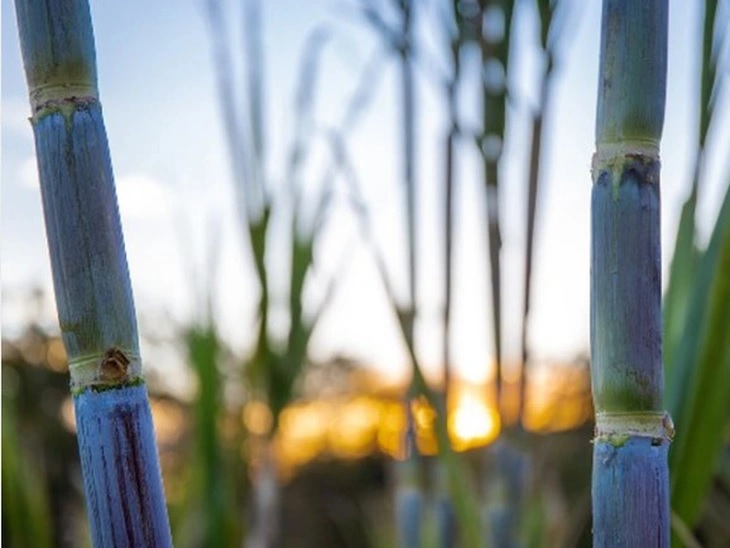Sugarcane production estimated at 663.4 million tons for the 2025/26 harvest
The forecast is part of the 1st Crop Survey for the 2025/26 season, released this Tuesday (29) by Conab (National Supply Company).
T&B Petroleum/Press Office MME30/04/2025 17:30

According to the 1st Sugarcane Crop Survey for the 2025/26 season, released this Tuesday (April 29) by Brazil’s National Supply Company (Conab), the country’s sugarcane production is projected at 663.4 million tons—2% lower than in the previous cycle.
The area allocated to sugarcane remains relatively stable, with a slight increase of 0.3%, reaching 8.79 million hectares. However, average productivity is expected to drop by 2.3% to 75.451 kg/ha due to unfavorable weather conditions during the 2024 crop development stages.
Regional highlights
-
Southeast Region: As the country's leading producing area, it is expected to harvest 420.2 million tons—a 4.4% decline from 2024/25. The drop is attributed to drought, high temperatures, and wildfires, particularly in São Paulo, which reduced productivity by 3.3% (77.573 kg/ha) and led to a decrease in harvested area.
-
Center-West Region: Production is estimated at 148.4 million tons (+2.1%), driven by a 3.4% increase in cultivated area (1.91 million ha), even with a slight productivity decline of 1.2% (77.574 kg/ha).
-
South Region: Productivity is expected to remain stable at around 69,000 kg/ha, with a 2.3% expansion in planted area (497,100 ha), resulting in a projected output of 34.4 million tons.
-
Northeast Region: With harvesting expected to begin in August, the region is forecast to increase production by 3.6% to 56.3 million tons, supported by expanded area and improved yields.
-
North Region: Favorable weather and greater area dedicated to sugar-energy production are expected to yield 4.2 million tons, with productivity at 82.395 kg/ha.
Byproducts and market outlook
Despite the lower sugarcane harvest, sugar production is forecast to rise to 45.9 million tons—potentially the highest output ever recorded by Conab.
Ethanol production (from both sugarcane and corn) is expected to fall 1% to 36.82 billion liters. Sugarcane-based ethanol alone is projected to decline 4.2%, due to reduced cane availability. However, corn ethanol output is forecast to rise by 11%, helping offset the shortfall.
On the international front, Brazil's sugar sector remains highly competitive due to relatively low production costs and projected lower supply from key global producers like India and Thailand. Sugar exports are expected to remain strong.
In the domestic ethanol market, demand remains tied to competitiveness with gasoline and pricing policies. The growing role of corn ethanol is contributing to energy diversification and price stability. This trend is expected to continue in 2025/26, helping meet internal demand and strengthening the biofuel market.
Complete data from the 1st 2025/26 Sugarcane Crop Survey and market analysis are available in the bulletin published on Conab’s website.



